Arundel Castle Gardens: 'Sometimes, a garden catches you unawares... the thought keeps recurring: I’ve never seen anything like this before.'
Tiffany Daneff visits Arundel Castle Gardens, sitting in the shadow of the castle and the cathedral at this beautiful West Sussex town, where head gardener Martin Duncan and his team have worked wonders with their bold and innovative plantings.
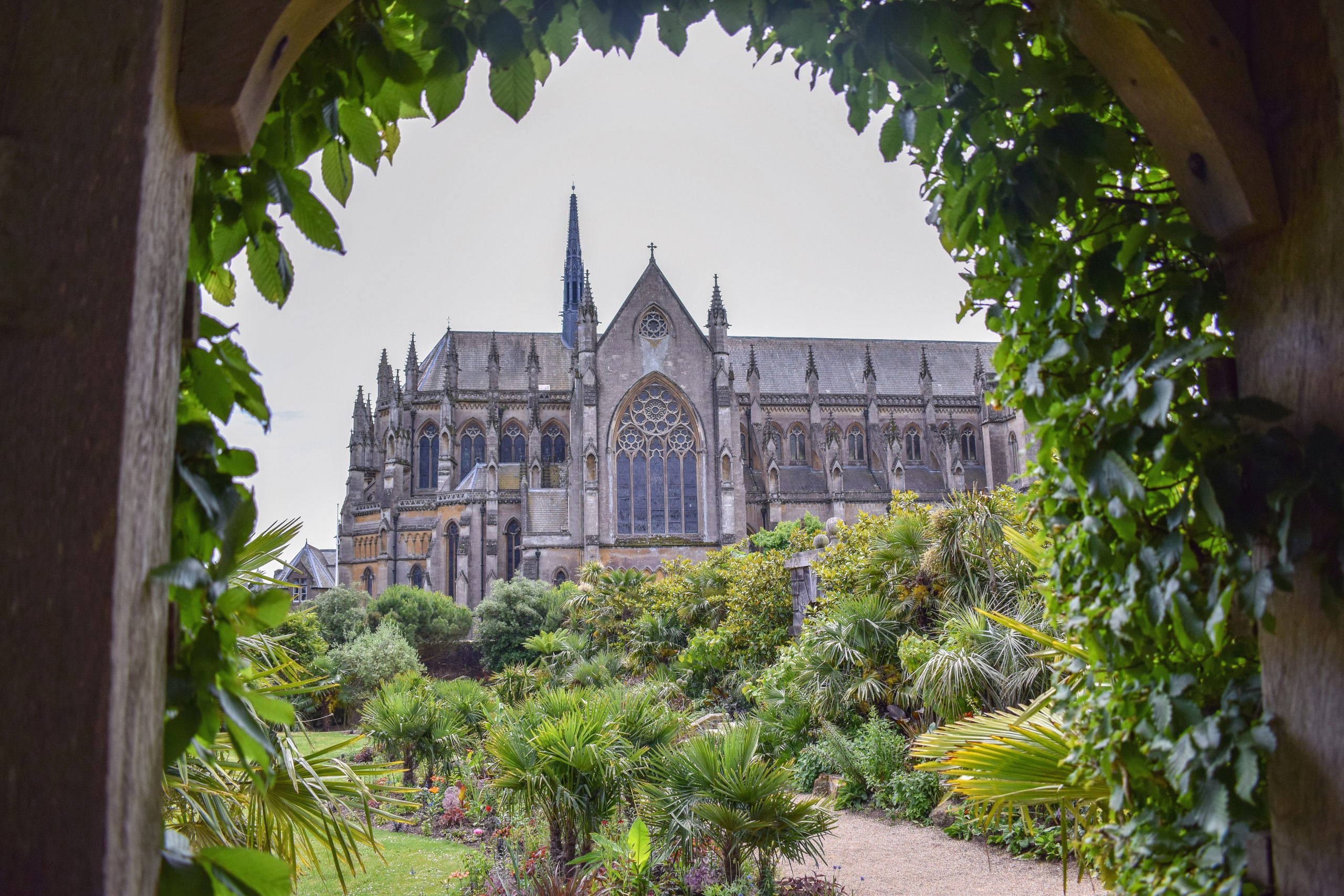
Sometimes, a garden catches you unawares. Mostly, in such cases, this is because of its situation or the extraordinary views it affords. Rarer — but more rewarding — is when you happen upon a garden that has been planted in a way that is entirely different to any other.
Such is the experience as you walk into the Stumpery at Arundel Castle, designed and constructed by head gardener Martin Duncan with the castle’s garden team.
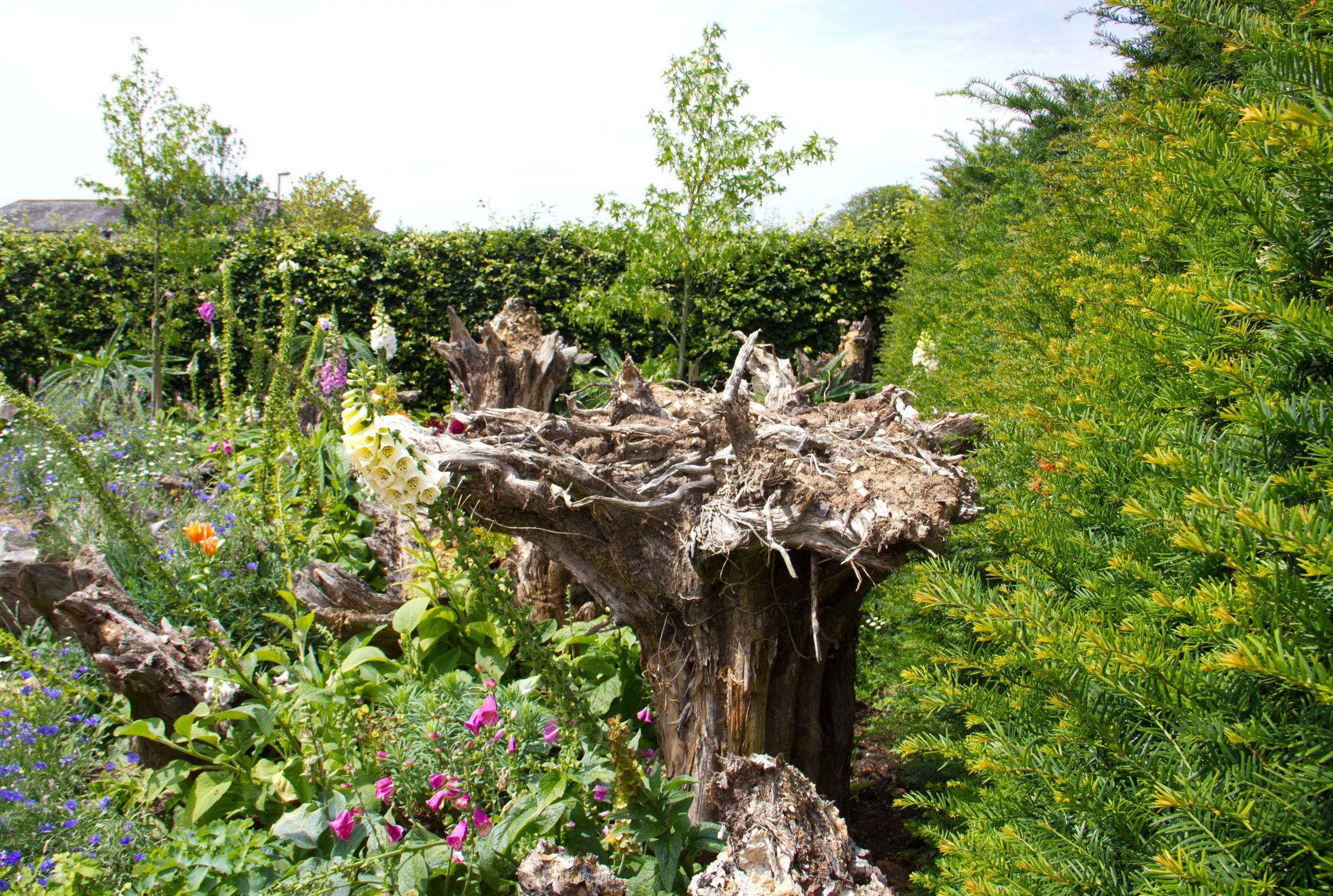
The upended roots of ancient yew, sweet chestnut and oak stumps — harvested on the estate mostly from casualties of the October 1987 storms — explode with colour. Species tulips sparkle in spring (Tulipa Turkestanica, Linifolia, Sylvestris, T. pulchella humilis Persian Pearl and T. clusiana Peppermintstick).
Later, there are acid-yellow lupins, dierama and, then, the real fireworks as the martagon lilies burst into bloom among the more familiar ferns and euphorbias. As you weave between the beds, past giant echiums and liquidambar trees, the thought keeps recurring: ‘I’ve never seen anything like this before.’
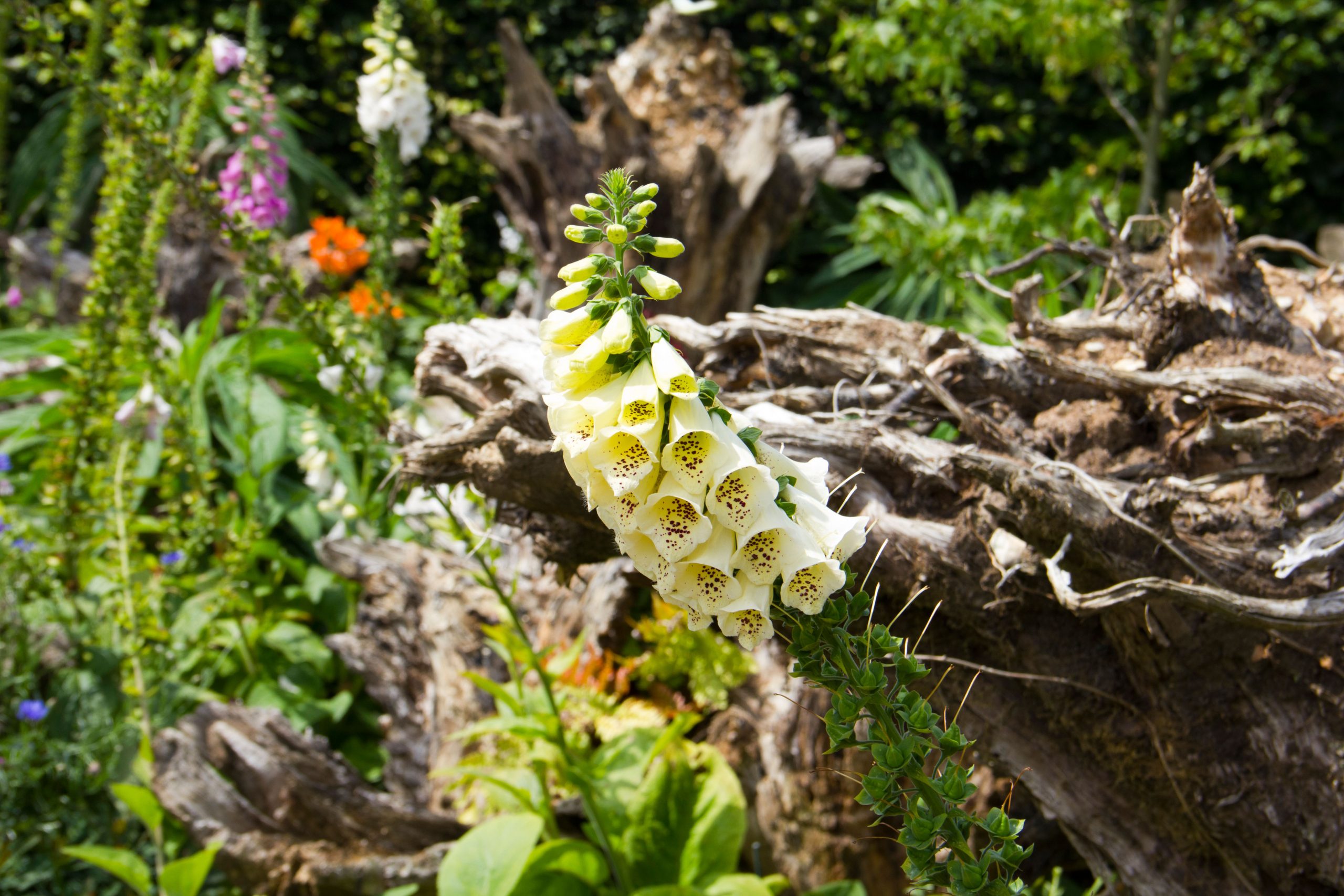
The gardens at Arundel, of which the Stumpery is one small part, were given a major rethink some years ago by the designers Isabel and Julian Bannerman, who took as their starting point the early-17th-century garden belonging to the 14th Earl, Thomas Howard, at Arundel House in London.
This, in turn, had been inspired by Howard’s travels in Italy and included designs by his travelling companion, one Inigo Jones. Thirty years in the making, the original Jacobean garden was designed to show off the paintings and treasures the ‘Collector’ Earl had brought back with him from his Grand Tour.
The Bannermans’ creation, the Collector Earl’s Garden, was commissioned by the Duke and Duchess of Norfolk and opened by The Prince of Wales in May 2008. Its stop-you-in-your-tracks centrepiece is the extraordinary Oberon’s Palace, inspired by Jones’s set designs for Prince Henry’s Masque on New Year’s Day 1611. Inside this fantasy pavilion is a shellwork grotto and a fountain that, when the water spurts, magically supports a golden coronet.
Sign up for the Country Life Newsletter
Exquisite houses, the beauty of Nature, and how to get the most from your life, straight to your inbox.
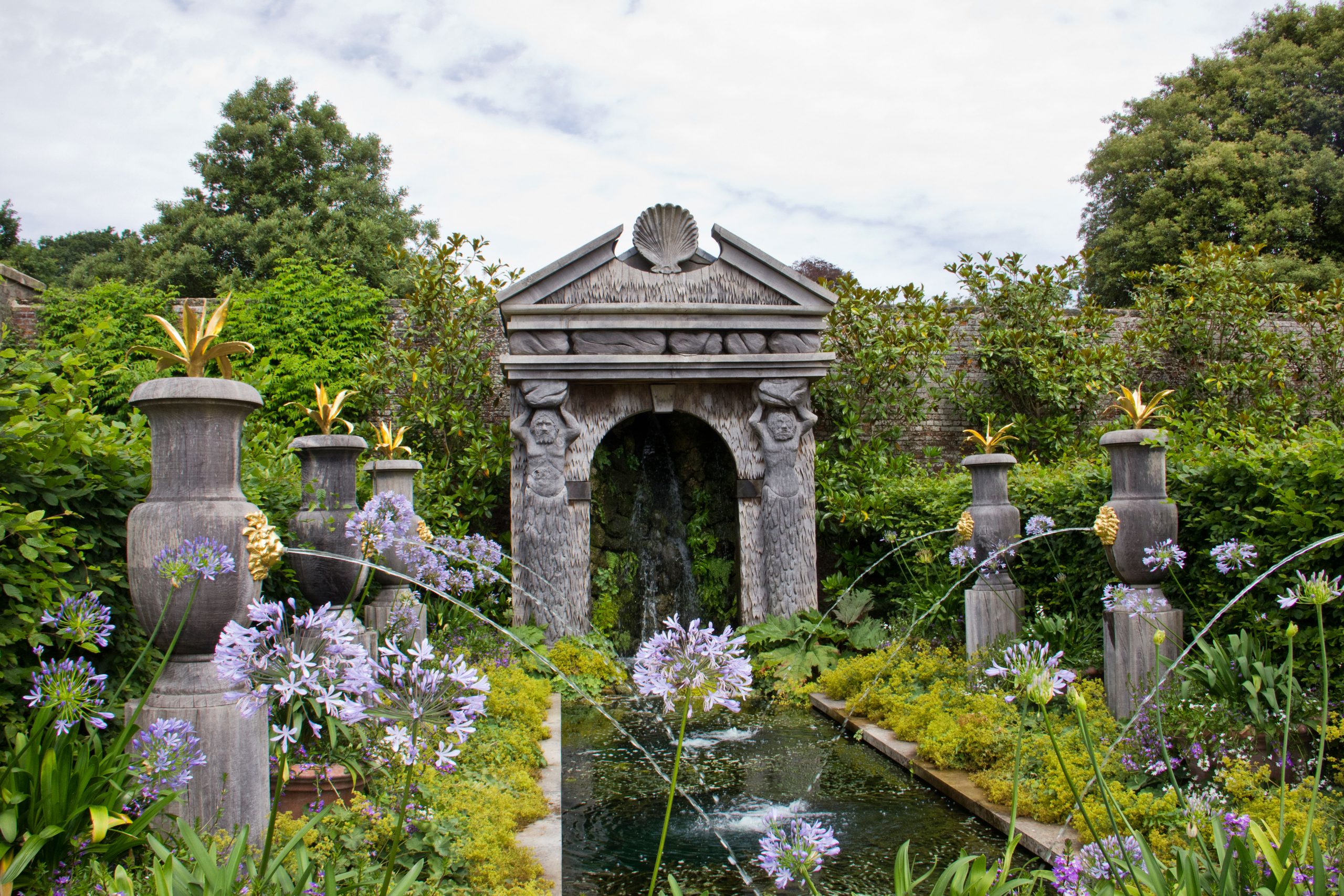
From up here, the visitor looks out over an area of grass surrounded by tropical borders. On the far side stands another water feature, constructed, as is Oberon’s Palace, from greenoak, a favourite medium of the Bannermans.
The scale is gargantuan and the mood allegorical, with a rill, representing the River Arun, flowing past urns supported on fluted pedestals and topped with gilded aloes. All are carved from greenoak, as are further portals, obelisks and temples (including one particularly fine building crowned with antlers).
Such a muscular creation demands planting to match and, although the palms, ferns and exotics that were originally planted here provided something of what was needed, they lacked that litte bit extra. Sensing that something, or someone, with exceptional vision was needed, the Duke and Duchess brought in Mr Duncan as head gardener.‘We love what he’s doing,’ says Mrs Bannerman, ‘because our original presentation wanted the planting to be as exotic and tropical and strange as possible — dreamlike. It would never have worked with English-country-garden planting, but Martin has upped the volume tremendously and that is just brilliant. The buildings are very strong and it needs that complementary strength in the planting — so hooray for Martin!’
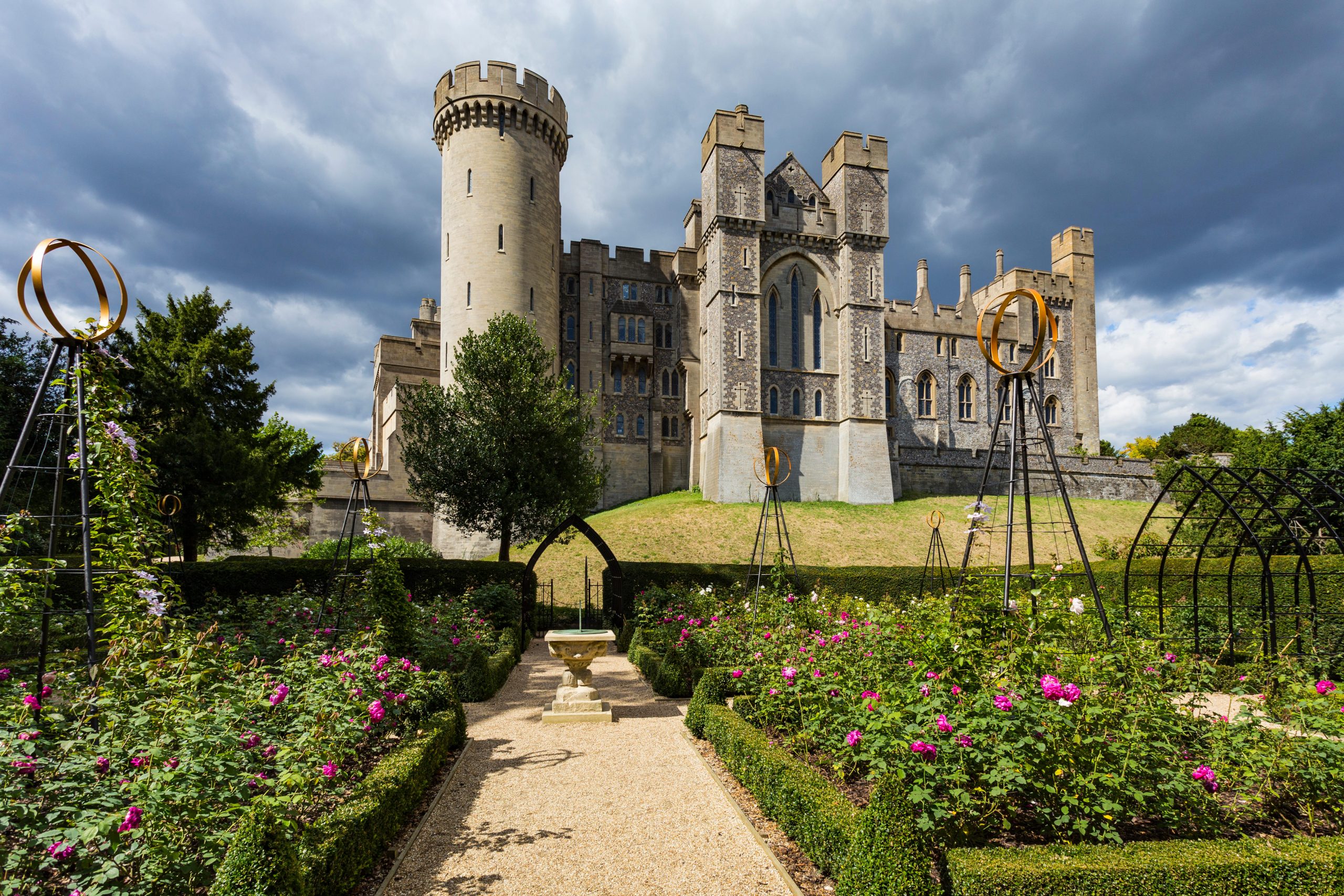
Mr Duncan arrived in 2009, having taken an unusual route through the world of horticulture. Time in the British Army was followed by horticultural and landscape training in Northern Ireland and then Wales, after which he worked as a gardener and landscape designer in England, Jordan, France and Bermuda — where he oversaw the island’s botanic gardens, governor’s and premier’s residences, arboretum and island parks.
One look at the planting in the Stumpery, the tropical borders and the walled garden provides proof that Mr Duncan has delivered great plantsmanship with an equally powerful vision. Better still, having studied and travelled widely, he brings an entirely original aesthetic delivered with the same conviction as that of Jones and the Bannermans.
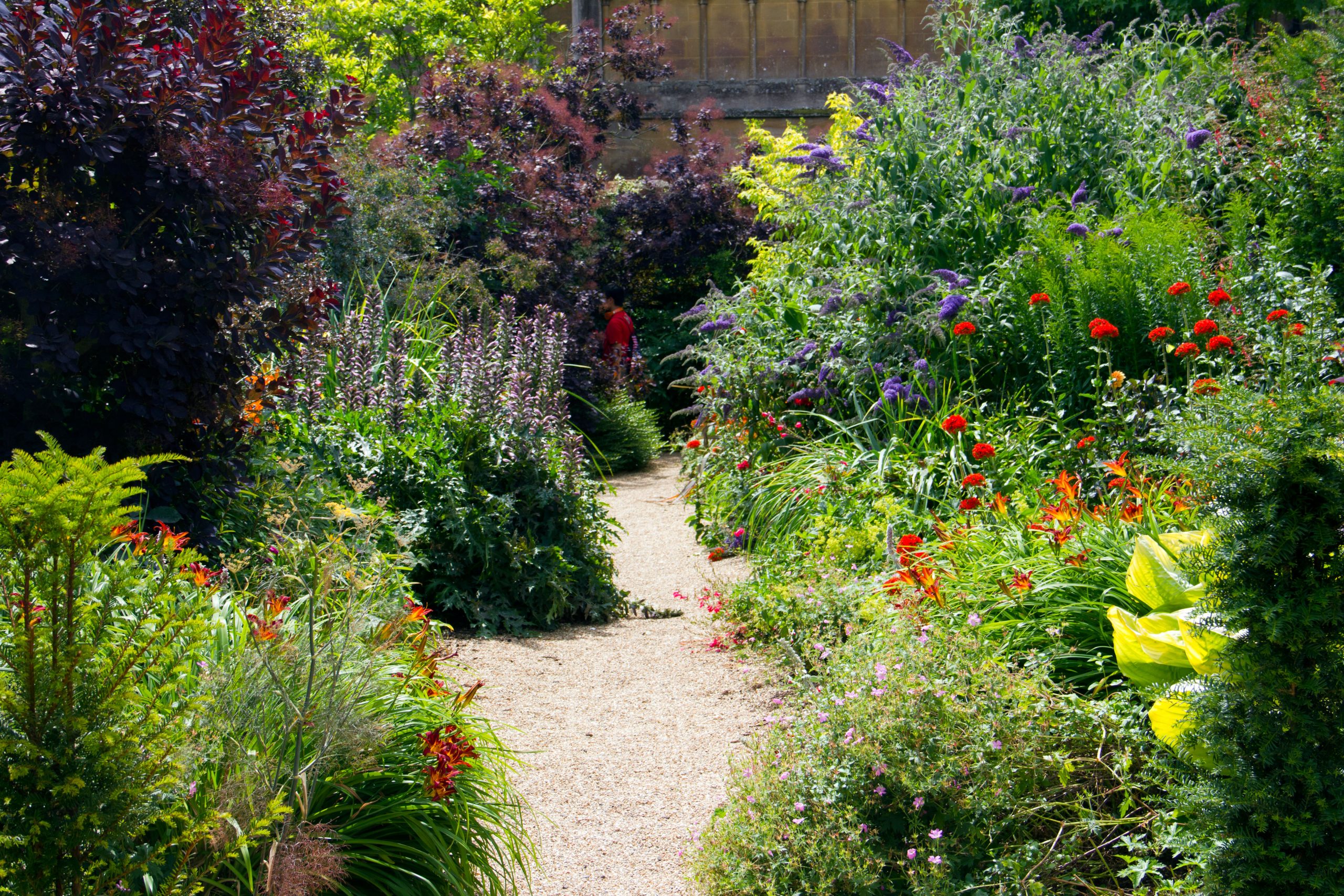
Who else would have planted lupins in a stumpery? Or coloured the water in the rill blue, giving it an otherworldly quality? Or planted a labyrinth of flowering bulbs on the lawn below Oberon’s Palace?
Mr Duncan takes no prisoners. In 2019, the castle Labyrinth burst forth with the blooming power of 8,000 Narcissus thalia and 10,000 Tulipa Apeldoorn. This year, the display will be boosted with another 3,000 T. Kingsblood, a very good late red, 3,000 of the purple lily-flowered T. Purple Dream and a further 4,000 T. Apeldoorn. After the tulips come the alliums. He works with courage and determination — and speed.
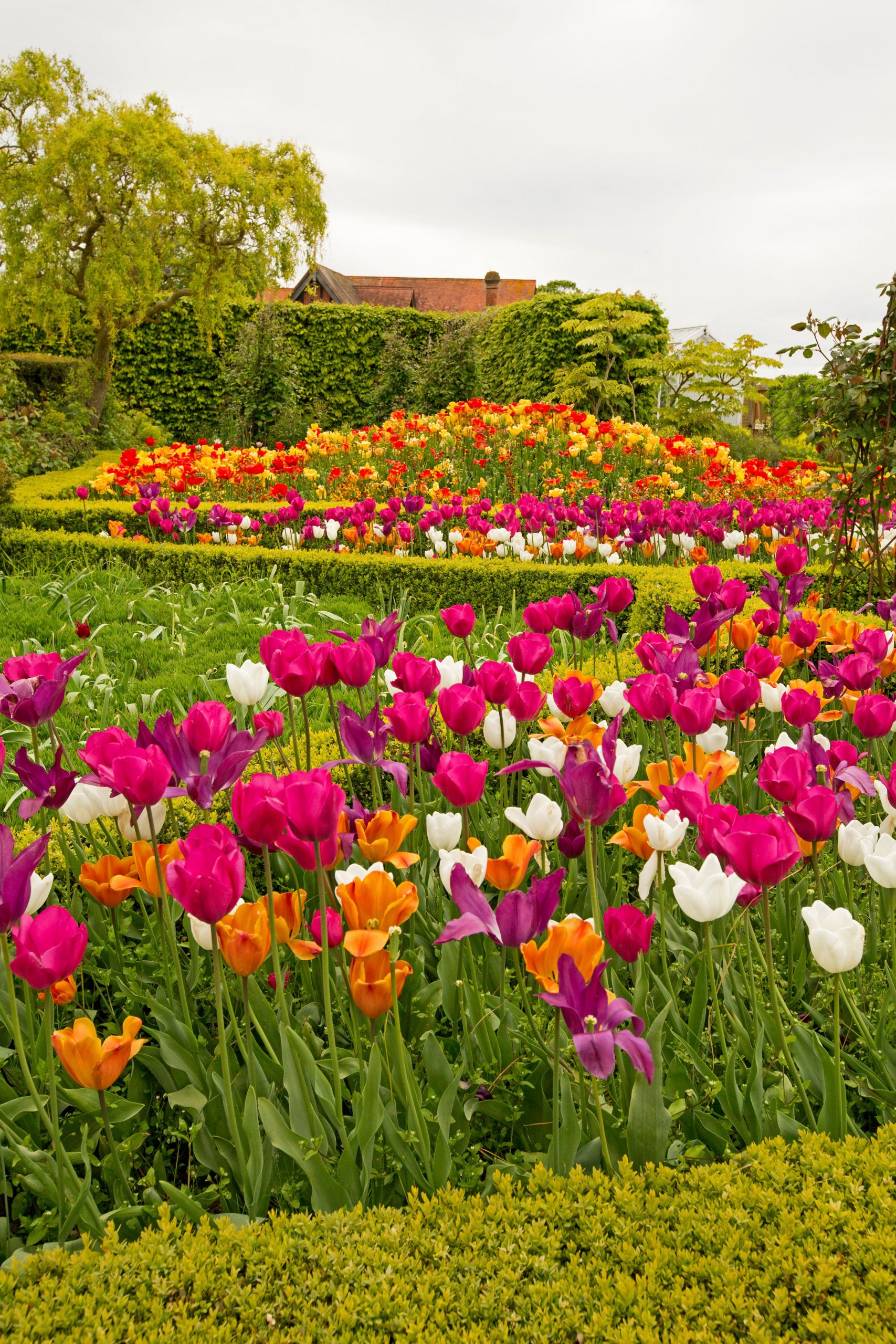
The tropical borders in the Collector Earl’s Garden were reshaped to provide greater depth and heaps of fresh topsoil and organic manure were piled up to give plants a serious head start. Some of the original plants were kept, but those that didn’t pull their weight or failed to deliver enough punch (such as cistus), were taken out. In their place is a wide variety of perennials, including echiums, salvias in every form and colour, towering canna lilies, martagon lilies, phlomis, the exotic Rheum Atrosanguineum, Ensete ven-tricosum (the Abyssinian red banana) and Hedychium Tara plants. Punching through these are bolts of colour from, among others, Allium Summer Drummer, agapanthus, Lilium tigrinum Splendens and Rud-beckia fulgida var. sulivantii Goldsturm.
In 2018, Mr Duncan was awarded the Kew Guild Medal, one of the highest accolades in horticulture, and with an enthusiastic team of seven gardeners and volunteers, he continues to create dramatic new plantings.
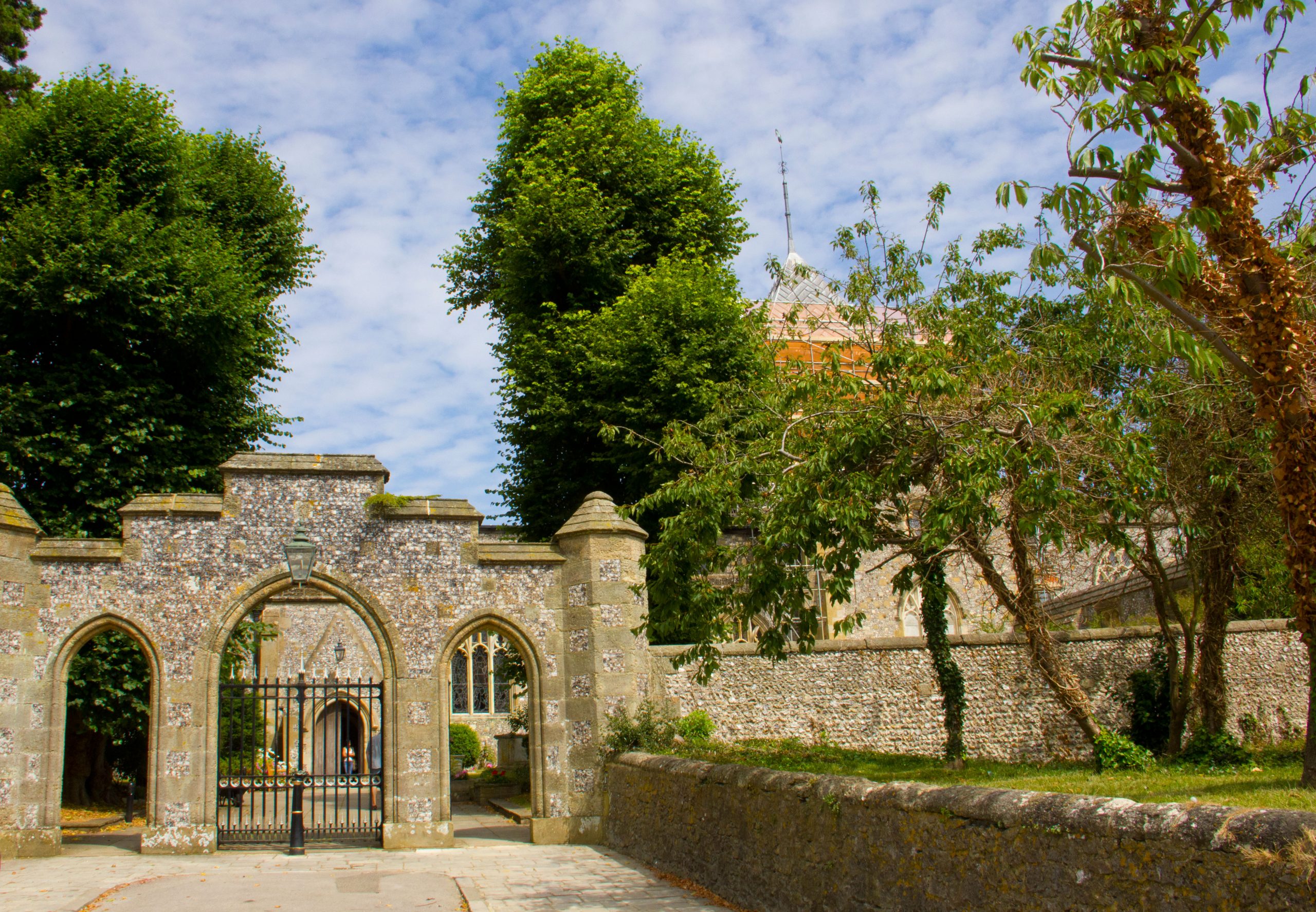
Close by the Stumpery and the Collector Earl’s Garden, in the shadow of Arundel Cathedral, is a seed-sown wildflower garden preceded each spring with an alternating display. One year, he selected 16,000 mixed tulips; the following one saw Dutch iris. In between, borage, phacelia and poppies self-seed. Beyond this eye-popping show are the quieter English herbaceous borders, but these, too, have been given a new lease of life.
Simple tweaks have proved highly effective. Mr Duncan has removed the traditional low box hedge that had fronted the beds and allowed plants to flow, so alchemilla, Nepeta faassenii Walker’s Low, centurea and hardy geraniums billow over the path.
Cutting scallop edges into the yew breaks softens their effect, as well as enabling the eye to travel past the facing beds. These are planted with roses on either side (including Rosa Alnwick and R. Bonica), so that they reflect — but never mirror — one another. Colours are soft, in purples, mauves and blues (popular with bees), with Thalictrum Black Stockings, Macleaya cordata at the back and contributions from the tall and airy Verbena bonariensis.
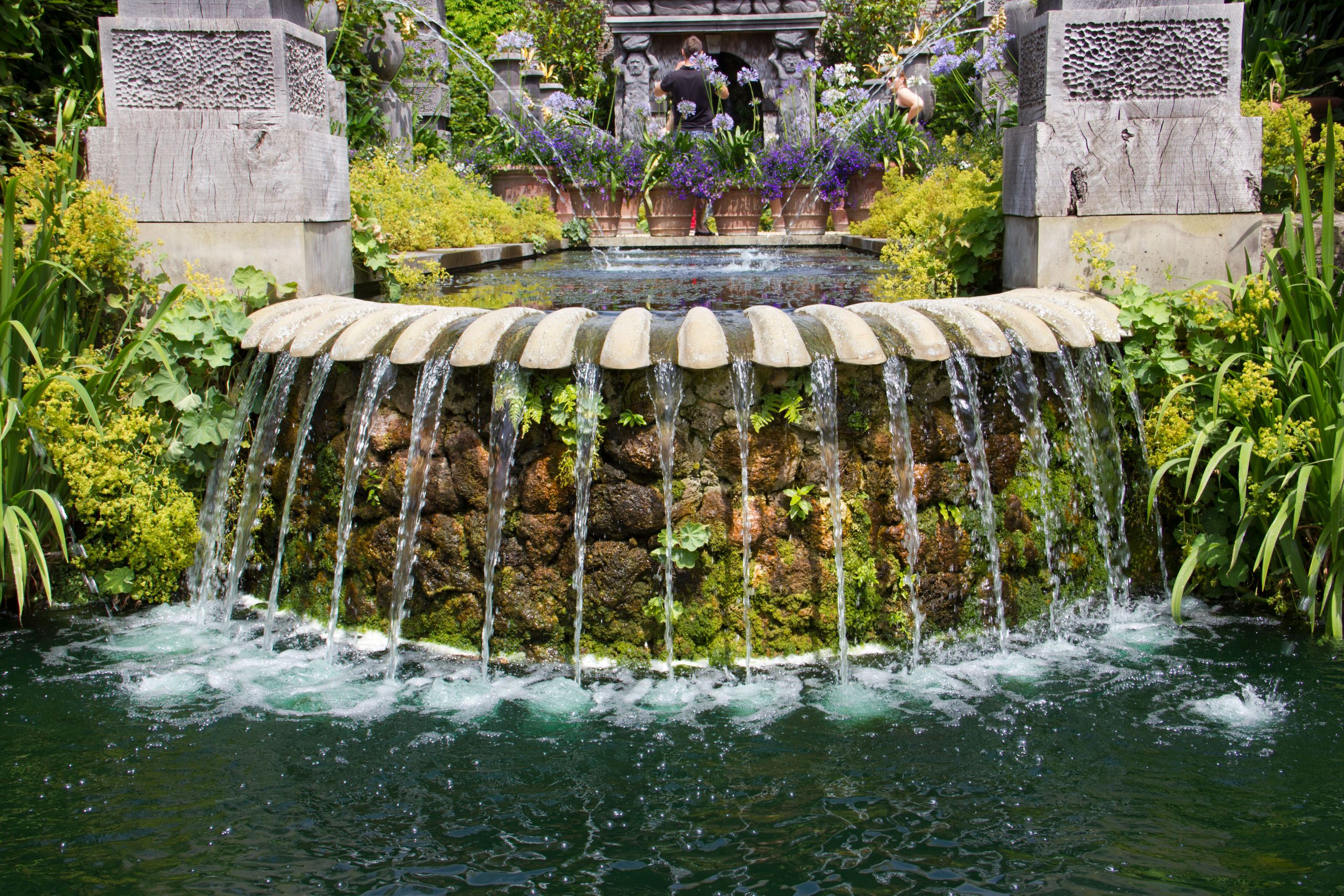
Spring accents are provided by alliums Purple Rain, Purple Sensation and Globemaster, with tulips White Triumphator, Spring Green and the lovely soft-pink double Angelique.
Below the sheer stone walls of the 11th-century castle, Mr Duncan has planted a rose hedge of Rosa Harlow Carr and R. Wild Edric that leads up to the Rose Garden. This is filled with numerous varieties, many grown on tall metal arbours so that their scents mingle in the air.
The project currently taking up most time, however, is the ambitious creation of a wild water garden around the medieval stew ponds. This has involved clearing the woodland of fallen trees and dredging the silted ponds, as well as laying new paths and boardwalk bridges. Along the banks of the ponds, coots, moorhens and swans are nesting in new plantings of rushes and reeds, ready to welcome visitors when the area opens this spring.
Arundel Castle, West Sussex — see www.arundelcastle.org for latest news on visiting.
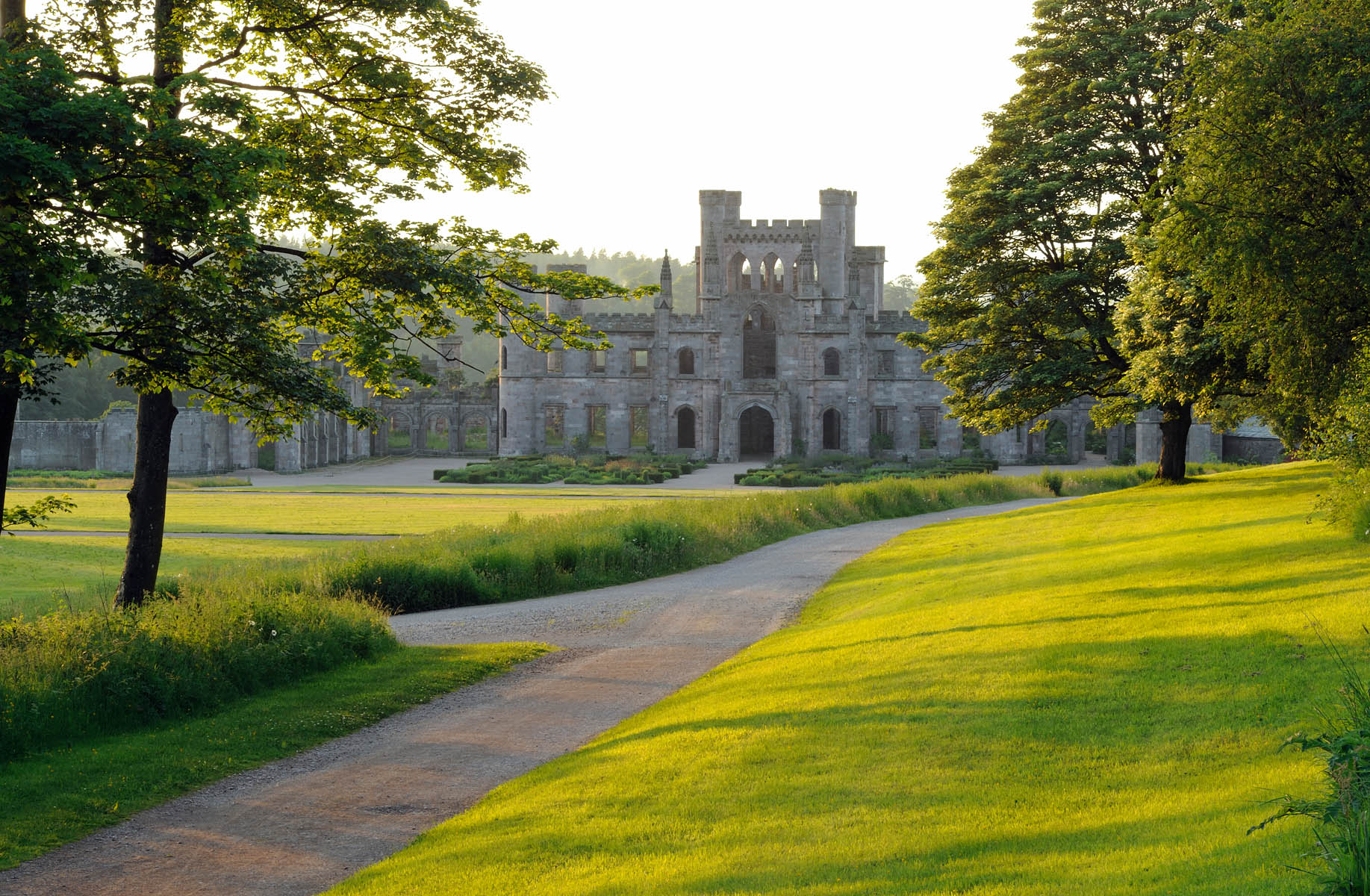
Lowther Castle: The spectacular and historic gardens that rise from one of Britain's most evocative ruins
The gardens at Lowther Castle, Penrith, Cumbria, rise artfully from the ruins of their spectacular setting — yet the effort
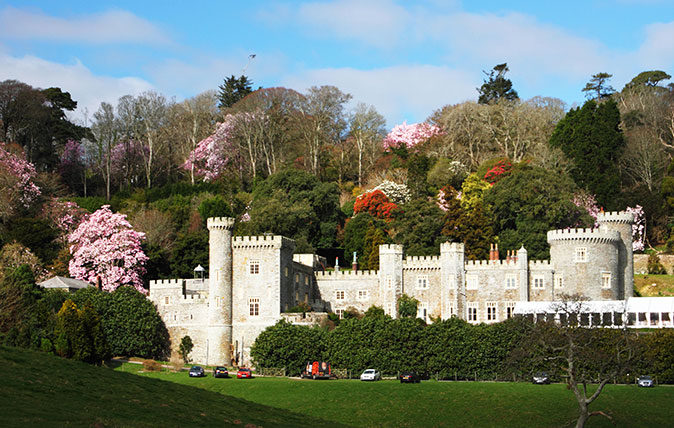
Credit: Alamy
The 19th century plant hunters who helped make Caerhays Castle's incredible collection
The magnificent gardens at Caerhays Castle in Cornwall are every inch the equal of the building which dominates the landscape,
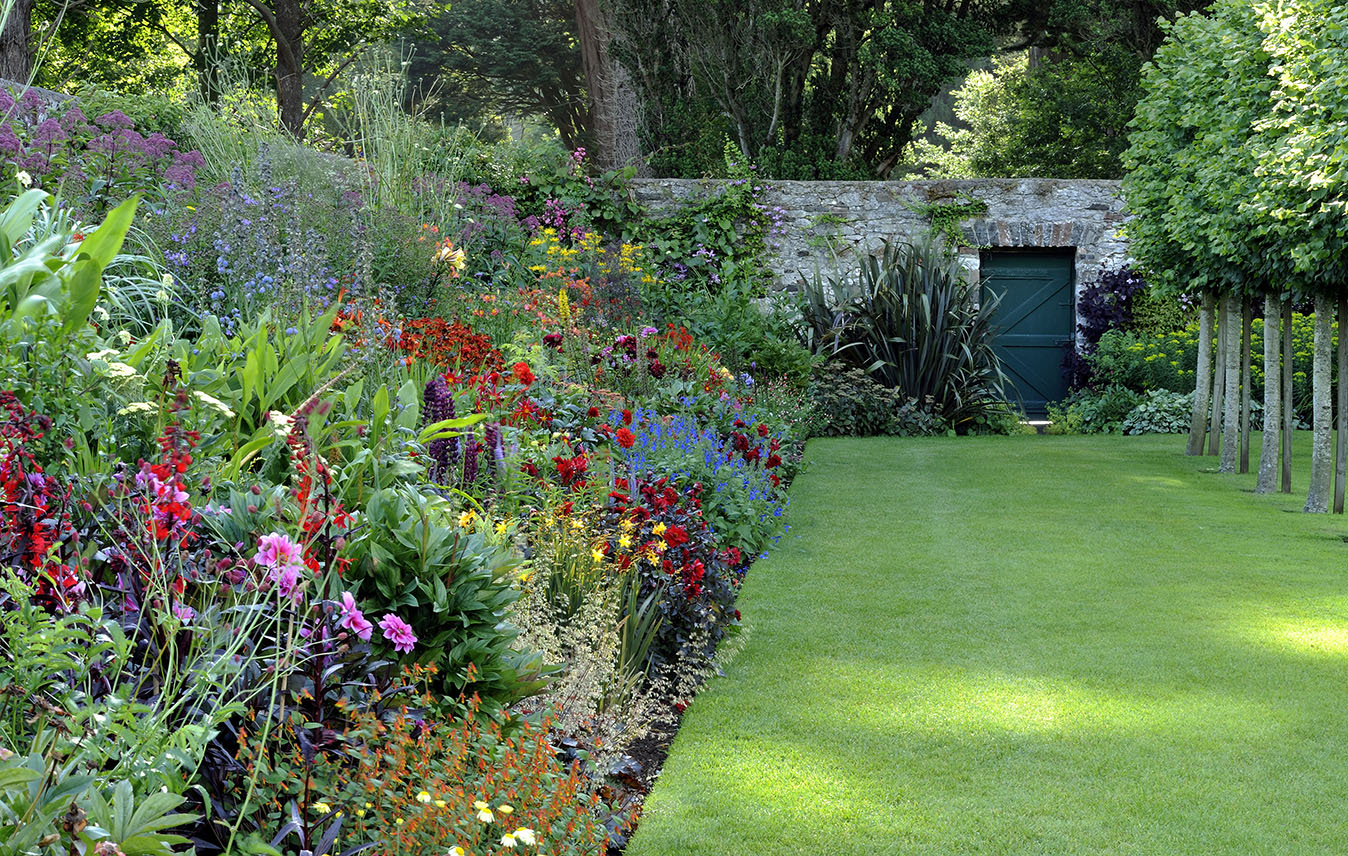
The walled garden at Glenarm Castle, full of surprising, exhilarating and fiery colours
Glenarm Castle's walled garden is a testament to the endless nurturing enthusiasm and creativity of those who care for it,
-
 Why British designers dream up the most desirable hotels
Why British designers dream up the most desirable hotelsWhen it comes to hotel design, the Brits do it best, says Giles Kime.
By Giles Kime Published
-
 The five minute guide to 'The Great Gatsby', a century on from its publication
The five minute guide to 'The Great Gatsby', a century on from its publication'The Great Gatsby' sold poorly the year it was published, but, in the following century, it went on to become a cornerstone of world literature.
By Carla Passino Published